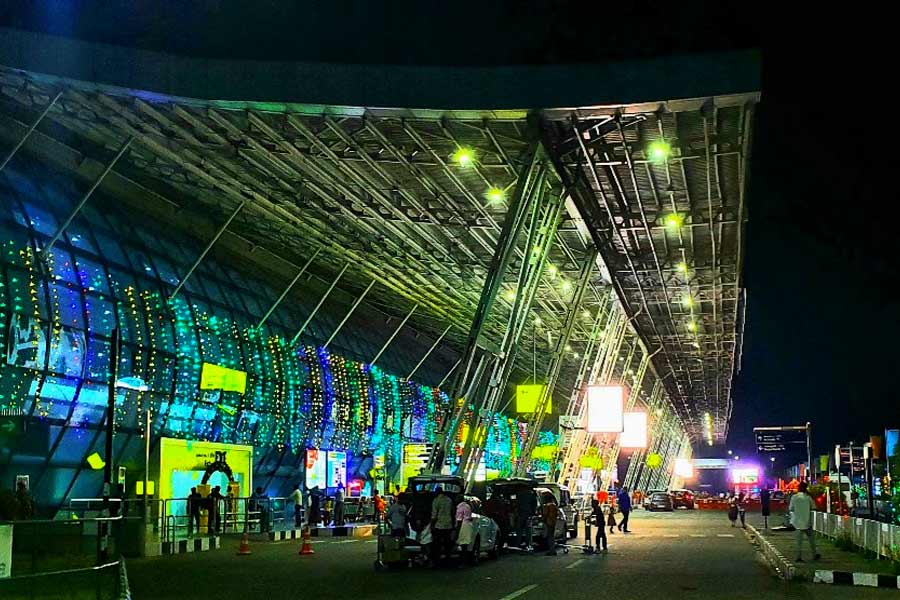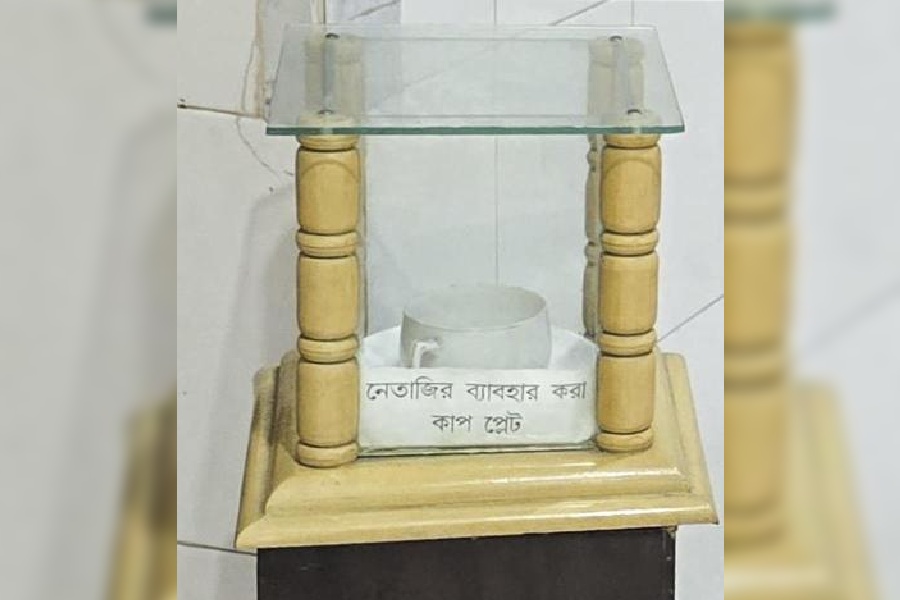Book: Love Jihad and Other Fictions: Simple Facts to Counter Viral Falsehoods
Author: Sreenivasan Jain, Mariyam Alavi, Supriya Sharma
Published by: Aleph
Price: Rs 799
“Between 2013 and 2017, under the Samajwadi Party, more electricity was supplied in Uttar Pradesh on the day of Diwali than on Eid. Starting 2018, … [soon after the BJP came to power], there was a reversal: electricity supplied on Eid outstripped the supply on Diwali.’’ Source: daily electricity reports from the Power System Operation Corporation Limited, a Central government agency that monitors supply.
Chances are that very few are familiar with the above facts as the right-wing ecosystem that powers ‘WhatsApp University’ has a far greater reach than fact-checkers. What is etched in public memory is “religious discrimination under the Samajwadi Party government in electricity distribution”; thanks to statements made by Prime Minister Narendra Modi and the Uttar Pradesh chief minister, Yogi Adityanath.
This data on electricity which debunks the Bharatiya Janata Party’s claim that the Samajwadi Party favoured Eid over Diwali is an important takeaway from this book penned by the journalists, Sreenivasan Jain, Mariyam Alavi and Supriya Sharma, to counter viral falsehoods with simple facts. If the data are difficult to believe, given the deep-seated presumptions most people have, there is a simple explanation — seasonal demand. During the Samajwadi years, Eid was celebrated in the monsoon months whereas it had shifted to May and June, when electricity consumption is higher, in the BJP years.
The book essentially seeks to do what the mainstream media should have done in a sustained manner. In the absence of proper media scrutiny of statements made by the powers that be, conspiracy theories have not only taken centre stage but also been legitimised over the past decade, creating a toxic environment. The journalist trio fact-checks four such conspiracy theories in detail in this book: “love jihad”, “population jihad”, “forced conversions” and “Muslim appeasement” and fleetingly examine the “pink revolution” claim made by Modi during his 2014 campaign.
Each of these conspiracy theories pre-date the Modi decade on the national stage but they have become a force multiplier for the right-wing’s polarising agenda. While tackling each conspiracy theory with examples, tracing their genesis and how the right-wing picks on stray incidents and anecdotes to build its case, what the authors make amply clear is that this task is akin to “entering a hall of mirrors”. They liken it to a “game of whack-a-mole — you manage to debunk one, and ten new ones show up. A new theory, or a sub-plot of an old theory, is born every day.” This makes fact-checking an exhausting endeavour as opposed to manufacturing conspiracies.
Many of the facts included in the book are available in the public domain. But what the three writers do is put them all together in one place, making them accessible for those seeking to wade through the ever-growing corpus of misinformation. The book also includes some useful reminders like the one on Jawaharlal Nehru not being the sole “villain” — as the right-wing projects him to be — in enshrining “minority safeguards in the Constitution”. The book flags the fact that the final shape of Articles 29 and 30, which guarantee cultural and educational rights to religious and linguistic minorities, flowed from the recommendations of the Advisory Committee of the Constituent Assembly on Fundamental Rights which was chaired by Sardar Vallabhbhai Patel who is lionised in the Hindutva camp and often pitted against Nehru.










